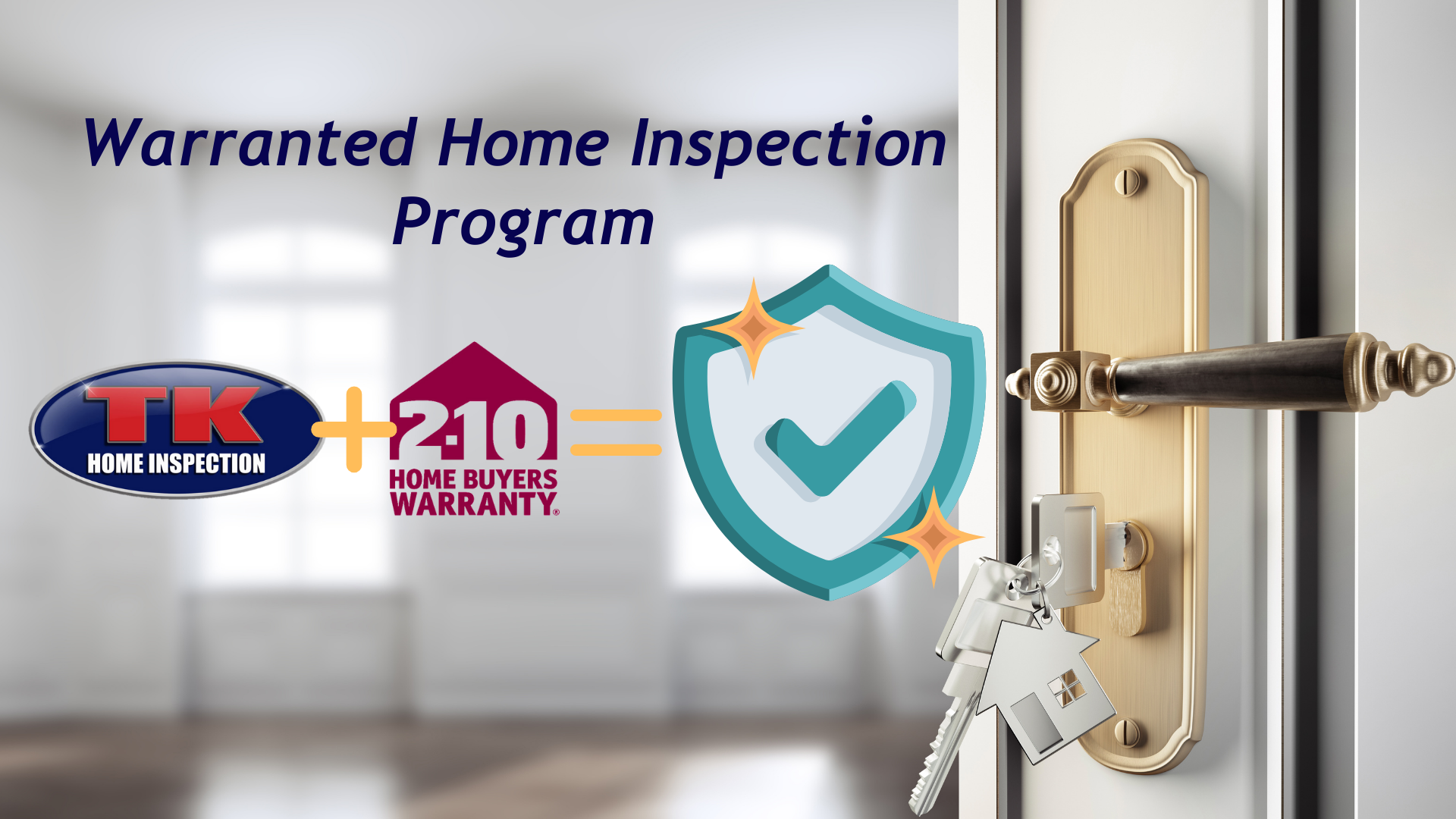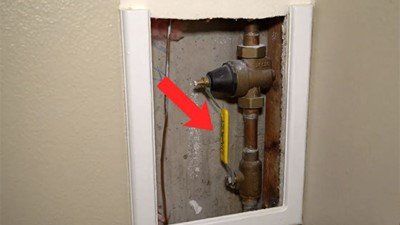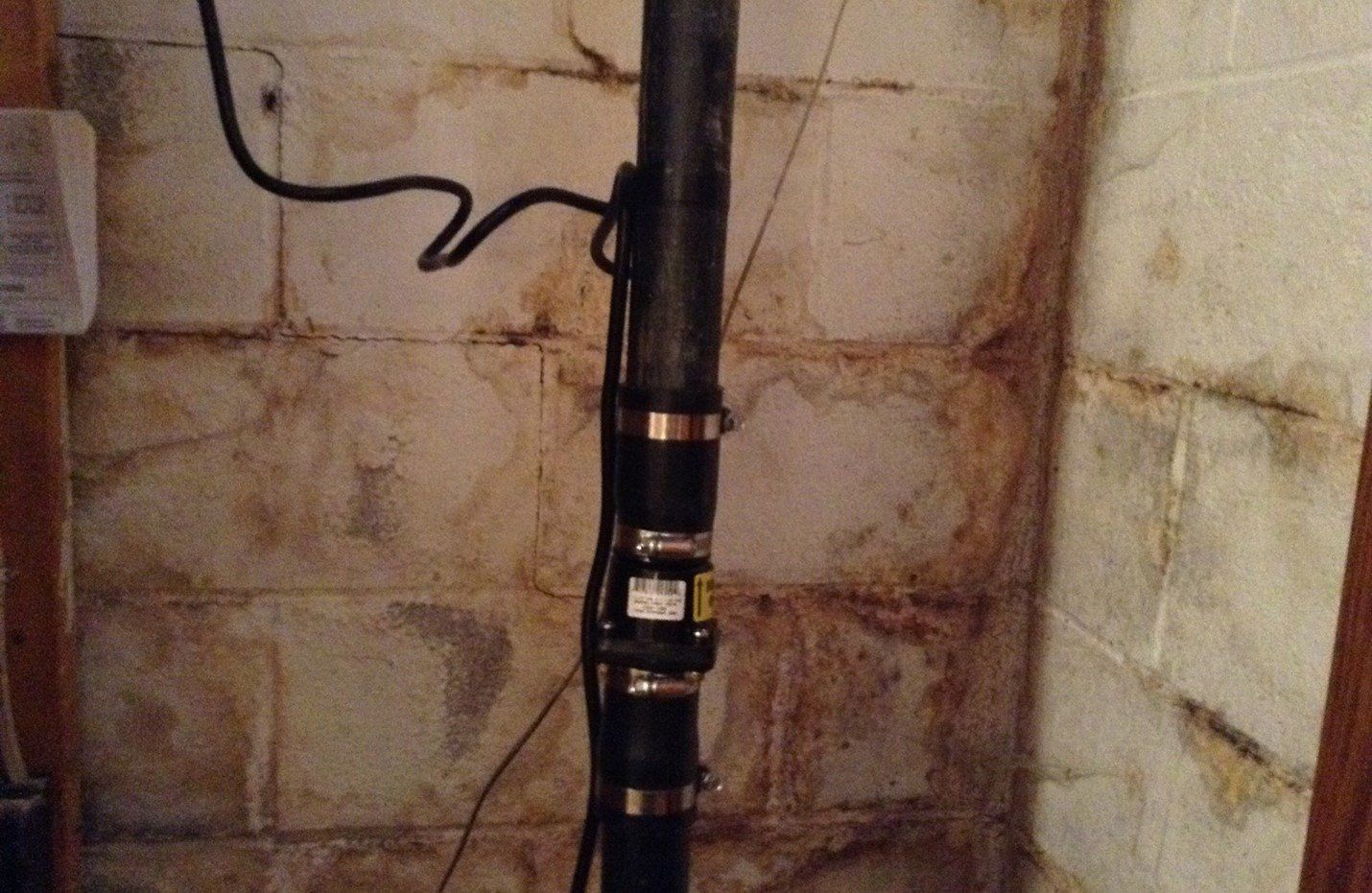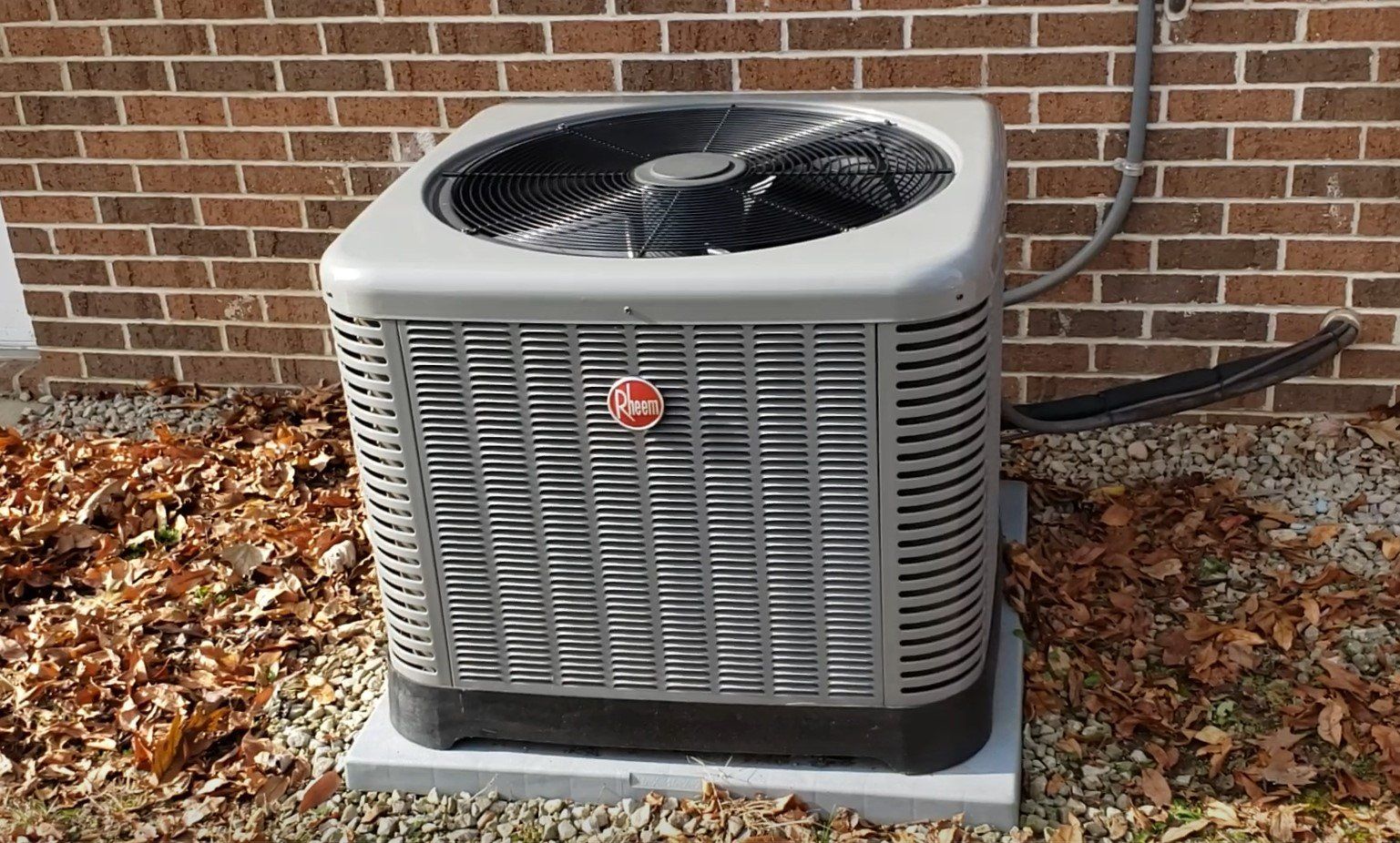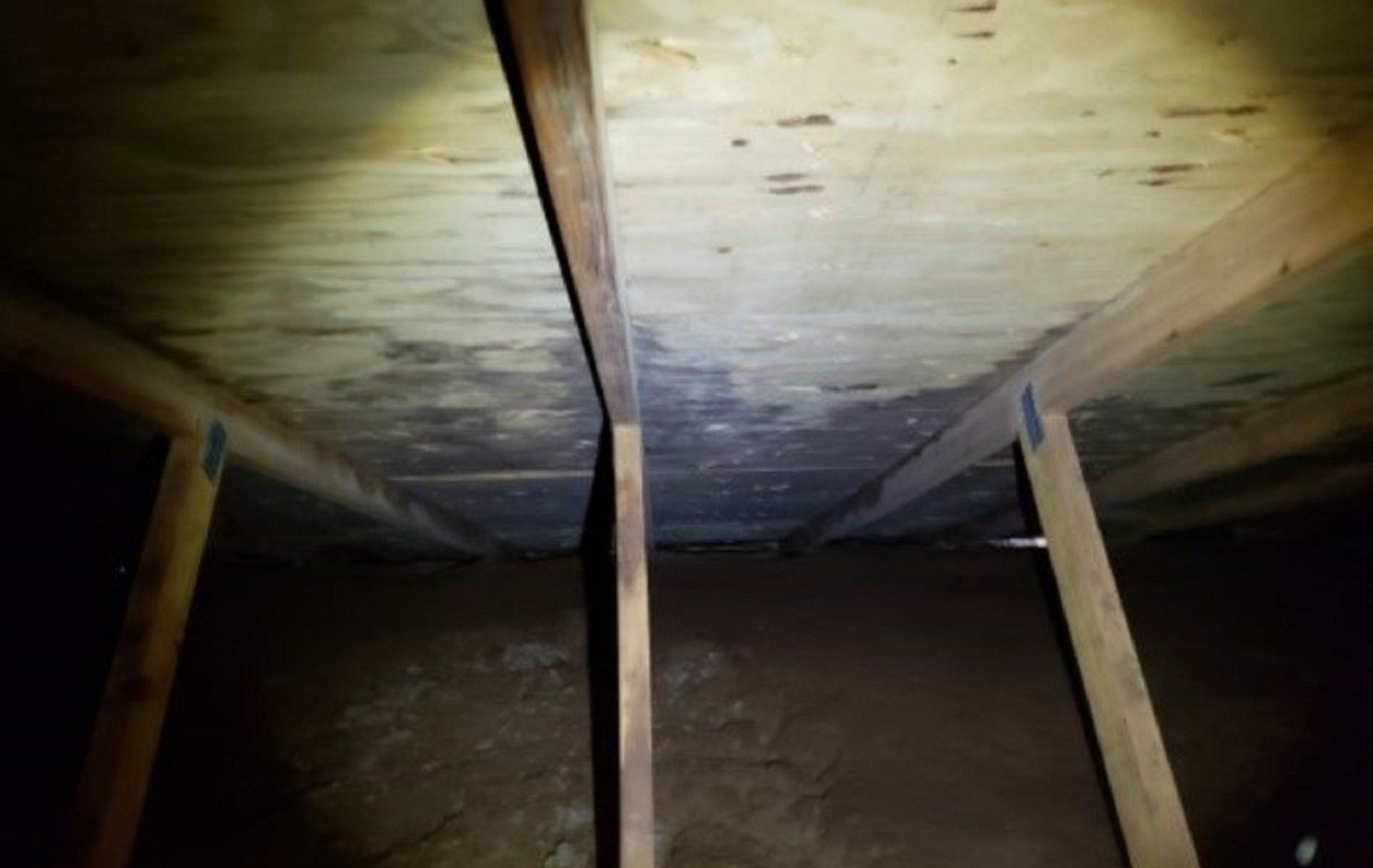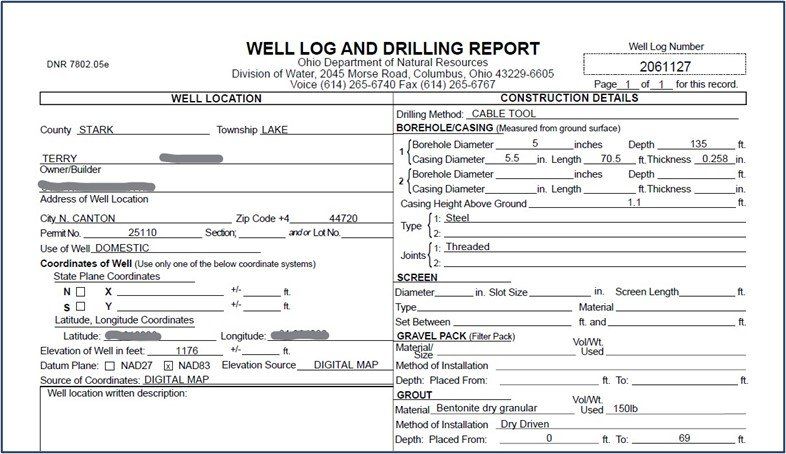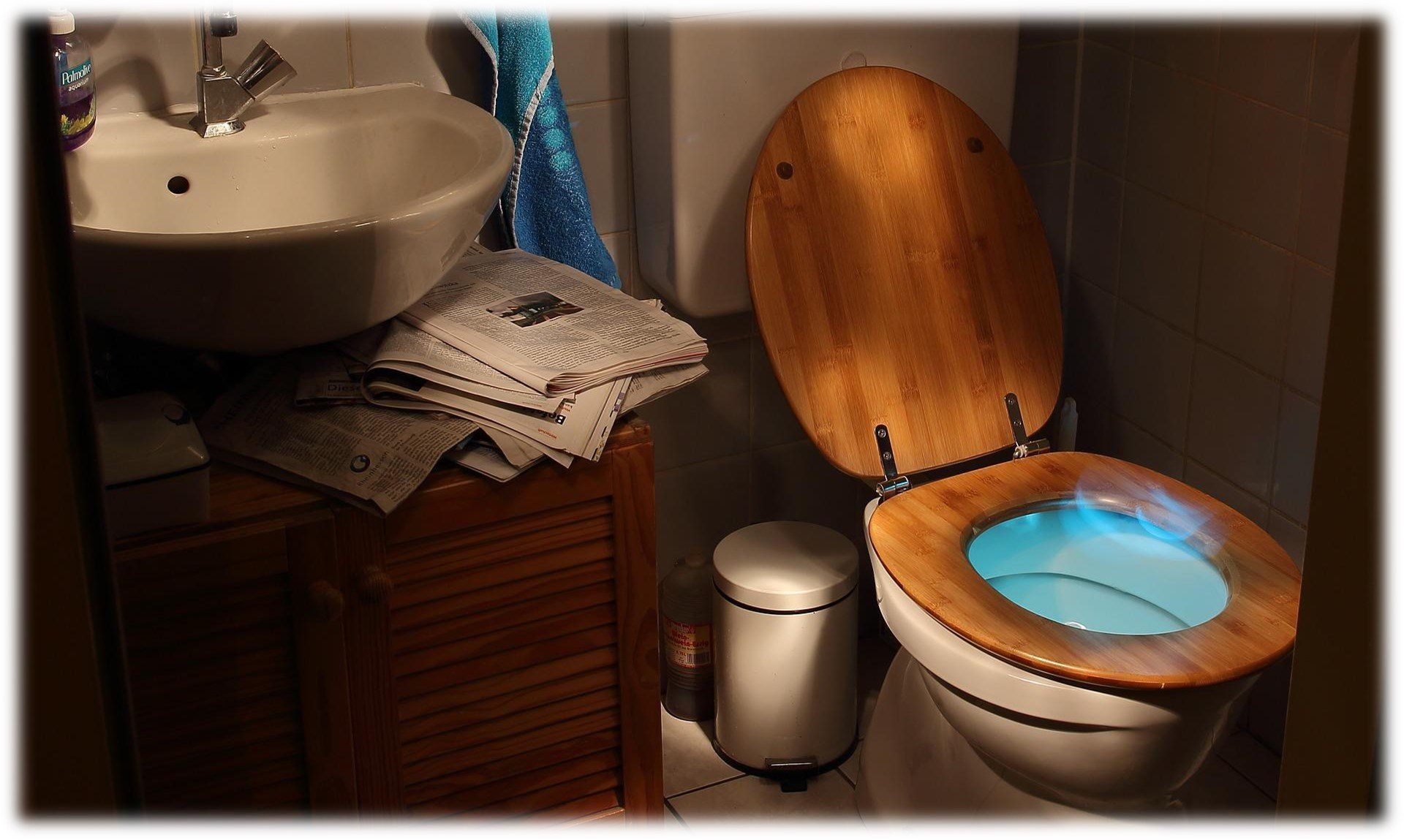6 Home Buying Points to Ponder
As a licensed home inspector, if I were buying a house today, this is how I would do it!

1– Use a strong and experienced Realtor.
Realtors have experience working through all the intricate details of inspections, loan types, title work and more. Their guidance, knowledge and talent is more than worth the investment in them.
2– Ask the seller to buy you a home warranty .
A house has complex systems and something is going to break. Sometimes the item is broken before you move in and other times it will break as soon as you use it. It’s a great feeling knowing you can make a phone call and a repair man will show up at you house to look at the issue. And as a new homeowner, you don’t want any surprise bills.
3– Get every inspection that you can afford.
They are called Home Inspections, but they could be called ‘Future Homeowner Bill Inspections’. The home inspection tells you the condition of your house and its systems, and it tell you the age of the system and the average life expectancy. Not every house is for everyone. Some houses are move-in condition, some just need cosmetic work, and others require the replacement of multiple systems. Know your home so you know the expectations of your outlay as a homeowner.
4– Consider sewer scoping .
It’s not an inspection many people talk about or order. However, if it fails, it is a major inconvenience to your home and lifestyle for months, as well as a big hit to your wallet.
5– Install your own radon reduction/mitigation system .
When we had our mitigation system installed, the radon result at the follow up test only dropped .5 pCi/L. It was under the action level of 4.0 pCi/L, but I knew the radon level could be lower. I asked the company to install a second port, which they did and because of the second port, my radon level dropped to under 1.0 pCi/L. When you’re in control of the mitigation system installation, you can control the final radon level in your new home.
6– Consider doing your own repairs .
Less than 1% of buyers will request us to inspect repairs that the seller has made. And when we do reinspect defect that have been corrected, this is what we have found.
85% of the times the repairs aren’t done at all or is done wrong.
5% of the time the problem/defect is made worse.
On average, only 10% of the repairs are completed to the inspector’s liking. In our opinion, it is definitely worth the reinspection fee to find out what’s been fixed and what hasn’t. NOTE: You shouldn’t wait until the final walk-through to do the reinspection.
You may also consider doing the repairs once you move in. That way you are in complete control of who does them and the outcome.
TK Home Inspection offers home inspections, radon testing, indoor air quality testing, water testing, water system evaluations, pest inspections, septic inspections, and more. Give us a call at 330.361.5505 or go online at www.tkhomeinspection.com/book-now to schedule your inspections today. Your bank account will thank you later.

